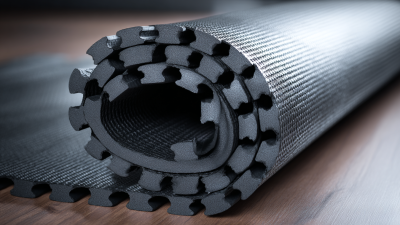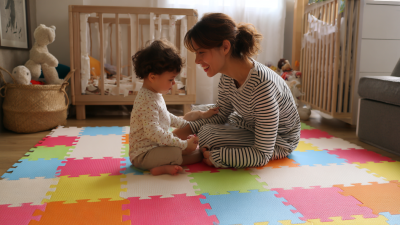When it comes to creating versatile, functional spaces, choosing the right flooring solution is essential, and "Interlocking Mats" have emerged as a popular choice for many applications. According to a report by Grand View Research, the global flooring market is expected to reach USD 654 billion by 2025, with interlocking mats gaining significant traction due to their ease of installation and adaptability. These mats not only enhance the aesthetic appeal of a variety of settings—ranging from gyms to playrooms and workshops—but also contribute to comfort and safety, ranking high in user satisfaction surveys.
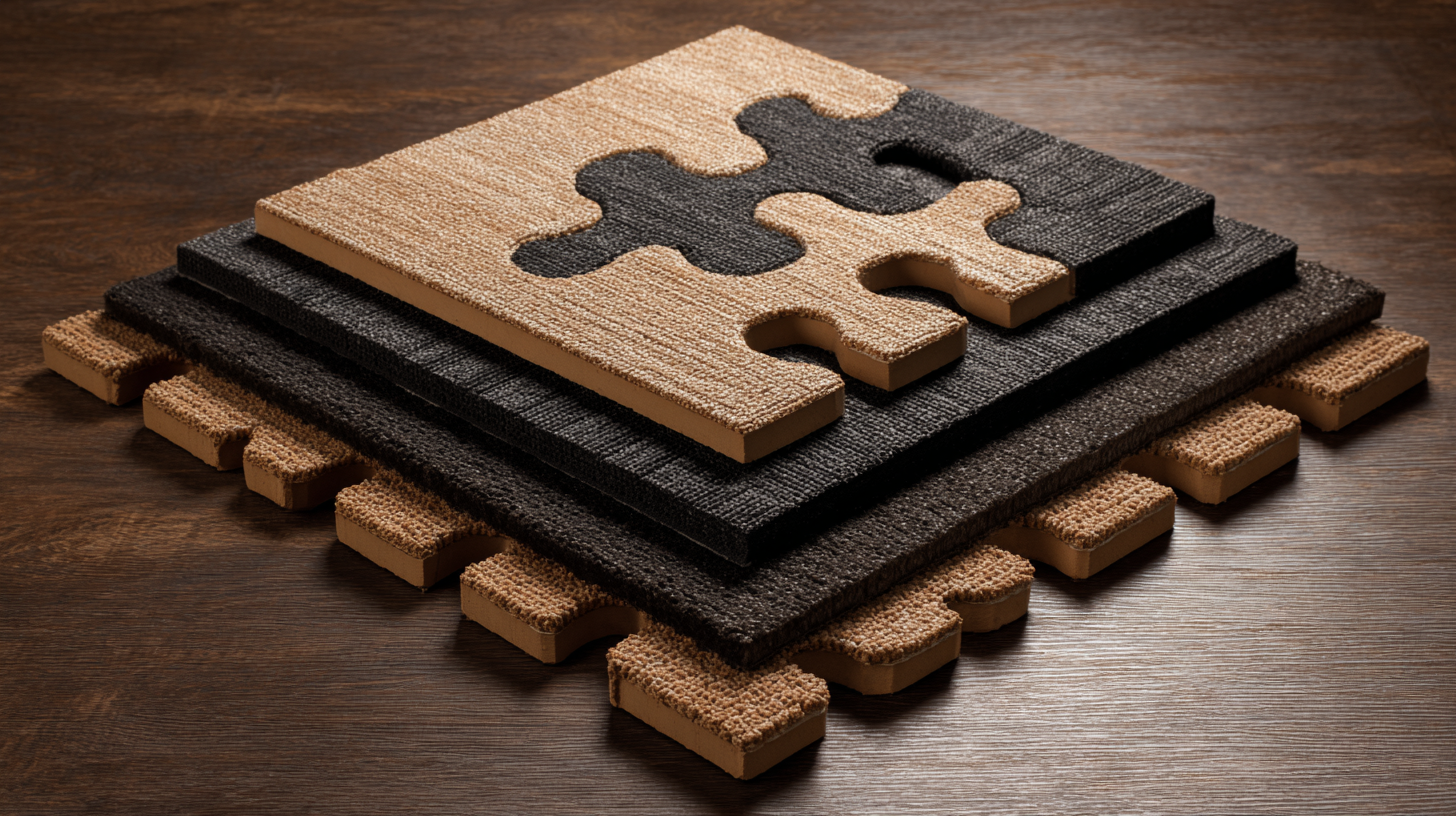
As consumers increasingly seek flooring options that are both durable and easy to maintain, understanding how to select the best interlocking mats for individual needs is crucial, particularly considering factors such as material, density, and intended use. This guide aims to provide valuable insights into the selection process, ensuring you make an informed investment in your space.
When choosing interlocking mats for your space, it’s crucial to first identify their intended purpose. Understanding the specific needs of your environment—be it for workout areas, playrooms, or workshops—will guide you toward the best choice. For example, interlocking mats for a gym should prioritize shock absorption and durability, whereas mats used in a children’s play area should focus on safety and easy maintenance.
In the process of identifying your purpose, consider factors such as the frequency of use, the types of activities that will take place, and the specific requirements for comfort and safety. This deliberate assessment is similar to a feasibility study in data evaluation, where defining the goal can streamline the selection process. Ultimately, aligning the features of the mats with the intended use not only enhances functionality but also ensures that your space meets its practical and aesthetic needs efficiently.
| Mats Type | Material | Thickness (mm) | Suitable For | Price Range (USD) |
|---|---|---|---|---|
| Foam Mats | EVA Foam | 10 | Kids Play Areas, Gymnastics | $30 - $60 |
| Rubber Mats | Natural Rubber | 12 | Gym Floors, Weight Lifting | $50 - $100 |
| Vinyl Mats | Vinyl | 8 | Dance Studios, Yoga Classes | $40 - $80 |
| Carpet Tiles | Polyester | 5 | Indoor Spaces, Offices | $25 - $50 |
| Foam Interlocking Tiles | EVA Foam | 15 | Martial Arts, Fitness | $35 - $70 |
When selecting interlocking mats for your space, evaluating the materials based on durability and comfort is paramount. According to a report from the International Association of Flooring Specialists, high-density foam and rubber are the top choices for those seeking balance between cushioning and longevity.
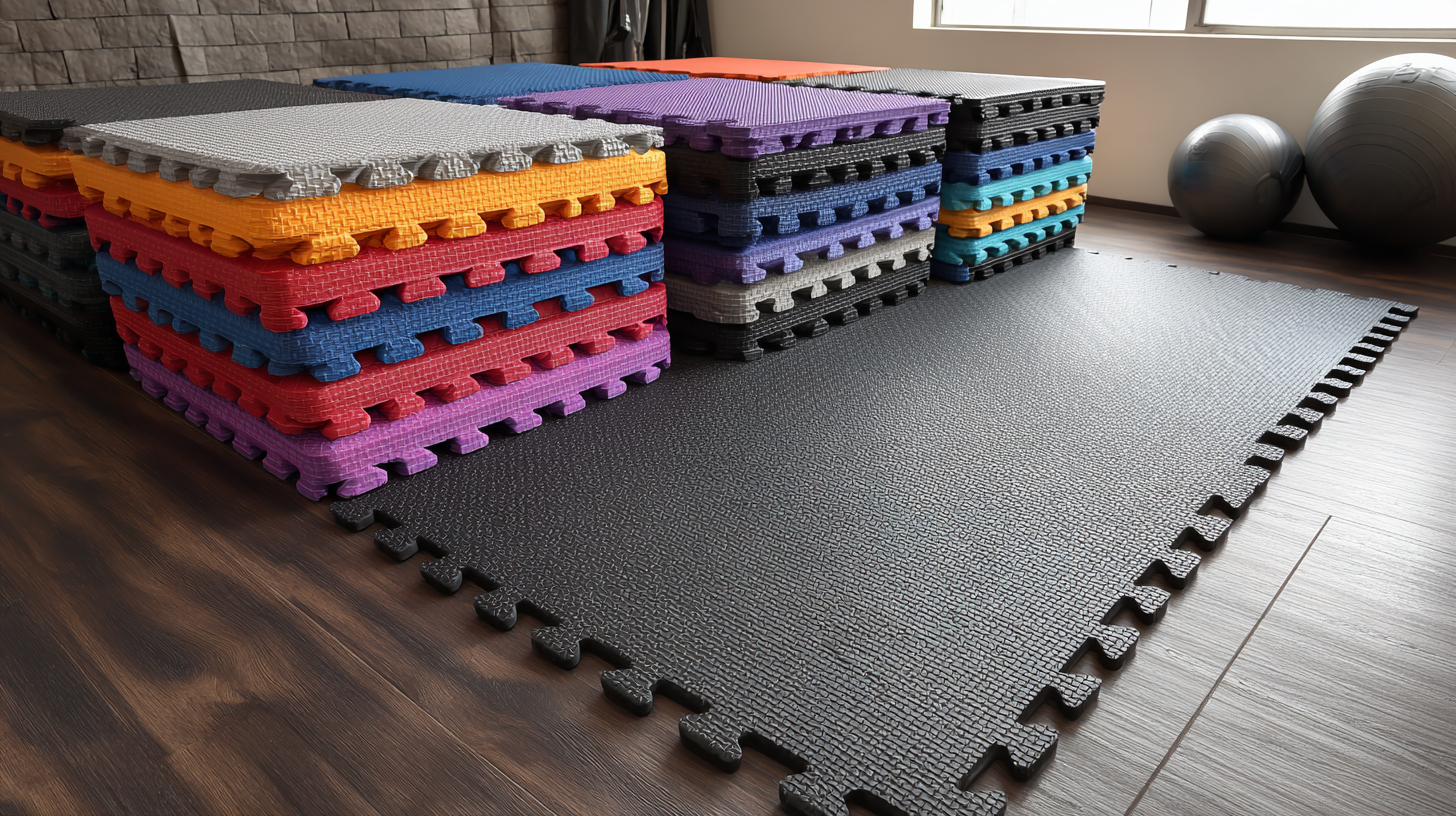 Rubber mats, for example, can withstand heavy foot traffic and resist wear, making them ideal for gyms and commercial areas. Their resiliency also contributes to a lower rate of maintenance costs, which can average around 20% lower than softer materials over a five-year period.
Rubber mats, for example, can withstand heavy foot traffic and resist wear, making them ideal for gyms and commercial areas. Their resiliency also contributes to a lower rate of maintenance costs, which can average around 20% lower than softer materials over a five-year period.
On the other hand, foam mats provide exceptional comfort, especially in areas where individuals are standing for extended periods. A study by the Flooring Research Institute highlighted that EVA (Ethylene Vinyl Acetate) foam mats reduced fatigue in users by up to 30% compared to traditional flooring options. While foam may not offer the same level of durability as rubber, its shock-absorption properties are unmatched, making it a preferred choice for play areas or fitness studios focused on aerobic activities.
Ultimately, the decision hinges on your specific needs—whether you prioritize durability or comfort will guide you towards the best interlocking mats for your space.
When selecting interlocking mats for your space, understanding size and thickness options is crucial. Various environments call for different mat specifications based on their intended use. For instance, if you need mats for a high-traffic area, thicker mats with greater density can provide durability and support. Generally, thickness ranges from about 0.5 inches to 1 inch or more, with thicker options offering enhanced cushioning and protection. Consider the nature of activities in your space; for general fitness or yoga, a moderate thickness may suffice, while heavy-duty applications like martial arts or heavy equipment flooring may require maximum thickness.
Additionally, the size of the mats should match the dimensions of your area to ensure they fit well and serve their purpose effectively. Interlocking mats typically come in standard sizes, but they can be combined to cover larger areas. When planning your layout, measure your space carefully and think about the arrangement of the mats. This ensures that you minimize gaps and overlaps, providing a seamless surface that enhances safety and functionality. Selecting the right size and thickness for your interlocking mats is essential for optimal performance and comfort in your chosen environment.
When selecting interlocking mats for your space, the aesthetic appeal is just as crucial as their functionality. According to a report by the International Association of Floor Covering Inspectors, nearly 30% of consumers prioritize the visual impact of flooring solutions when making decisions. Fortunately, interlocking mats come in an array of styles and colors, allowing you to enhance your decor while also providing comfort and safety. Bright colors can energize a child’s playroom, while muted tones may suit a professional office environment, reflecting the desired mood of the space.
Moreover, trends indicate a growing preference for eco-friendly materials; the Market Research Future report highlights that the demand for sustainable flooring options is projected to grow by over 15% in the coming years. Many interlocking mats are now made from recycled materials, offering an environmentally conscious choice without sacrificing style. By opting for mats that harmonize with existing furniture and color schemes, you create a seamless look that elevates your interior design while adhering to sustainable practices. This thoughtful approach not only boosts visual appeal but also contributes to a healthier living or working environment.
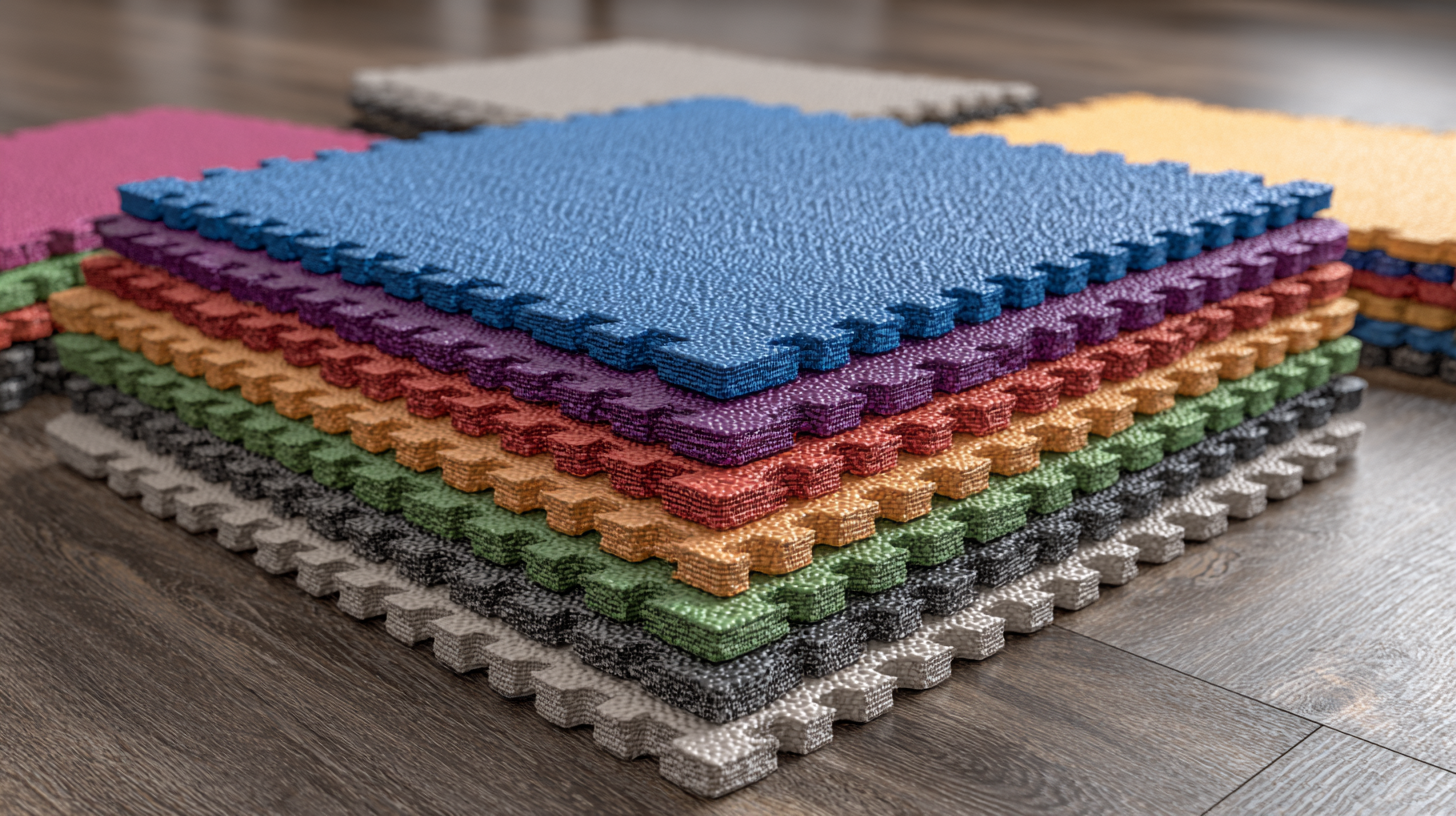
When selecting interlocking mats, understanding the installation and maintenance requirements is crucial for ensuring ease of use. Different types of mats may have varying installation processes, ranging from simple snap-together designs to more complex systems that require adhesive or specialized tools. For instance, foam mats can often be easily installed without any additional equipment, making them ideal for home environments or temporary setups. However, rubber or vinyl options may necessitate a more methodical approach, including surface preparation and securing the mats to prevent shifting.
Maintenance is another key factor to consider when choosing interlocking mats. Some materials require minimal upkeep, while others may need regular cleaning or periodic sealing. For example, foam mats are typically water-resistant and can be wiped clean, whereas rubber mats might require a deep clean to remove stains and odors. It's essential to evaluate how much time and effort you are willing to dedicate to maintenance, as this will influence the longevity and appearance of your mats. Ultimately, selecting interlocking mats that align with your installation capabilities and maintenance preferences will enhance your overall experience.
